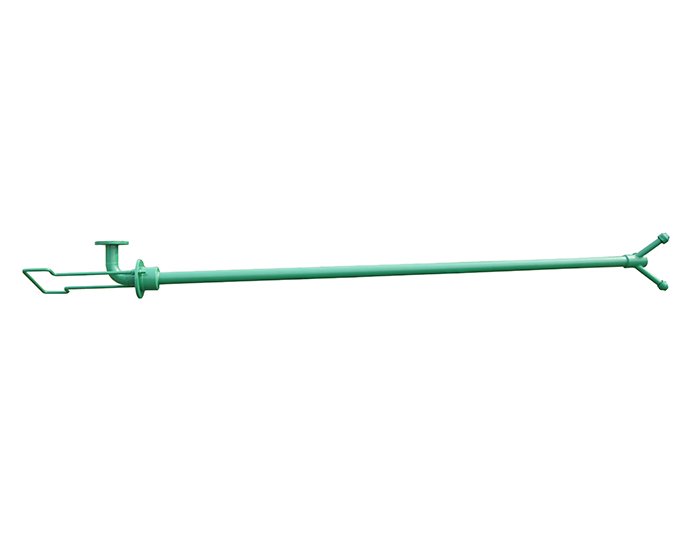The Complex World of Oil Mud An Overview
Oil mud, a term often used in the context of drilling operations and environmental discussions, refers to a mixture of oil, water, and fine solid particles, often used in the extraction of oil and gas. Understanding oil mud is crucial for both the industry and environmental management, as its properties and handling can significantly impact ecological systems and drilling efficiency.
Composition and Properties
Oil mud typically consists of several components base oil, water, emulsifiers, and various additives. The base oil can be synthetic or mineral-based, chosen for its performance characteristics, such as viscosity and lubricating properties. Water serves as the carrier fluid, while emulsifiers stabilize the mixture, allowing oil and water to mix without separating.
The fine solids in oil mud can originate from the drilling process itself, including cuttings from the wellbore. These particles can affect the mud’s density and viscosity, impacting drilling efficiency and the ability to carry cuttings to the surface. The composition of oil mud can be tailored based on the specific requirements of a drilling operation, such as the depth of the well and geological conditions.
Uses in Drilling Operations
In the context of drilling, oil mud serves multiple purposes. It helps to cool and lubricate the drill bit, reduces friction, and stabilizes the borehole. Additionally, oil mud can prevent blowouts by maintaining pressure in the well, thus ensuring safe drilling operations. The ability to carry cuttings effectively to the surface also minimizes downtime, as it allows for more efficient drilling progress.
Oil mud systems are particularly advantageous in offshore drilling, where environmental conditions can be challenging. The use of oil mud can provide better control over the drilling process, which is essential for the safety and success of the operation.
oil mud
Environmental Concerns
Despite its effectiveness, the use of oil mud raises significant environmental concerns. The potential for spills and leaks poses a threat to marine and terrestrial ecosystems. If not managed properly, oil mud can contaminate soil and water sources, leading to long-term ecological damage. The chemicals used in oil mud can also be toxic, affecting wildlife and human health.
To mitigate these risks, regulatory frameworks are in place in many regions, dictating how oil mud should be handled, transported, and disposed of. Advances in technology have also led to the development of more environmentally friendly alternatives to traditional oil mud, such as water-based muds and biodegradable oil mud formulations. These alternatives aim to reduce the environmental footprint of drilling operations while maintaining effective performance.
Innovations and Future Directions
The future of oil mud technology is rapidly evolving. Research is ongoing into reducing the environmental impact of oil muds by developing bio-based polymers and additives that enhance performance without compromising safety. New monitoring technologies are also being implemented to track oil mud properties in real-time, allowing for immediate adjustments during drilling activities.
Moreover, the industry is increasingly adopting closed-loop systems, which recycle oil mud for reuse rather than disposing of it, thereby minimizing waste and environmental impact. This not only promotes sustainability but also reduces operational costs.
Conclusion
Oil mud plays a vital role in the contemporary oil and gas industry, facilitating efficient drilling operations while raises significant environmental challenges. As the industry moves towards more sustainable practices, ongoing research and technological advancements are essential for balancing the needs of energy extraction with environmental stewardship. Understanding oil mud\'s properties, uses, and impacts is crucial for anyone involved in the energy sector, policymakers, and environmental advocates alike, as we navigate the complexities of energy production in an increasingly eco-conscious world.
 Linear Motion Shale Shaker In Drilling Rig
Linear Motion Shale Shaker In Drilling Rig  Oilfield Mud Cleaner
Oilfield Mud Cleaner  Drilling Fluid Decanter Centrifuge
Drilling Fluid Decanter Centrifuge  Drilling Mud Desander
Drilling Mud Desander  Hydrocyclone Desilter
Hydrocyclone Desilter  Centrifugal Pump/Centrifugal Mud Pump
Centrifugal Pump/Centrifugal Mud Pump  Shear Pump
Shear Pump  Jet Mud Mixer
Jet Mud Mixer  Horizontal Mud Agitator
Horizontal Mud Agitator  Constant Pressure Drilling Fluid Mud Gas Separator
Constant Pressure Drilling Fluid Mud Gas Separator  Mud Gun
Mud Gun  Mud Tank
Mud Tank  Solids Control System Vacuum Degasser
Solids Control System Vacuum Degasser  Flare Ignition Device
Flare Ignition Device  Diesel Tank
Diesel Tank  Submersible Slurry Pump
Submersible Slurry Pump 





































